★ Team 2B: How might we increase public engagement and tapping into existing urban and near-urban wooded areas?
Woodlands currently sequester about 25% of anthropogenic CO2 emissions from the atmosphere. (FAO 2020, Pan et al 2011) Further, if the international community were to halt deforestation, restore degraded woodlands, and replace recently lost wooded cover, woodlands could provide up to a quarter of the cost-effective climate mitigation required to stabilise warming below 2 degrees (Griscom et al 2017). Whilst this is not a realistic scenario, it really highlights the huge potential of woodlands to contribute as a nature-based solution to climate change.
Specifically, the United Kingdom has only 13% woodland cover, and this makes it one of the least wooded areas in Europe, as shown starkly in this map.The UK target for woodland cover is roughly 17% by the year 2050. This means planting 30 thousand hectares per year – and current efforts are falling below half of this rate. In addition, nature-based solutions best practices strongly advocate for community involvement, to create a sense of stewardship and promote longevity of solutions projects. This led us to to our proposed solution.
We envisage a framework for local government and councils to adopt called “Routes to Roots”. The name emphasises the concept of direct and freely accessible transport links from urban centres to local woodland, which allows for urban communities to take ownership over these spaces. It also echoes the idea of a grassroots model to grow both near-urban forested areas and the visitor base to these areas from the ground up.
Within the tiered approach of Routes to Roots, a centralised body will link local government bodies and transport companies to woodland experts and local community ambassadors, to establish dedicated public transport by way of bus, rail and bike to near-urban forests. These links will make use of existing infrastructure, but highlight approved “Forest Routes” from population centres with particularly low green-space access and varied demographics. ‘Ride & Park’ locations will also be set up at key travel junctions to allow for bike hire to and within the forest.
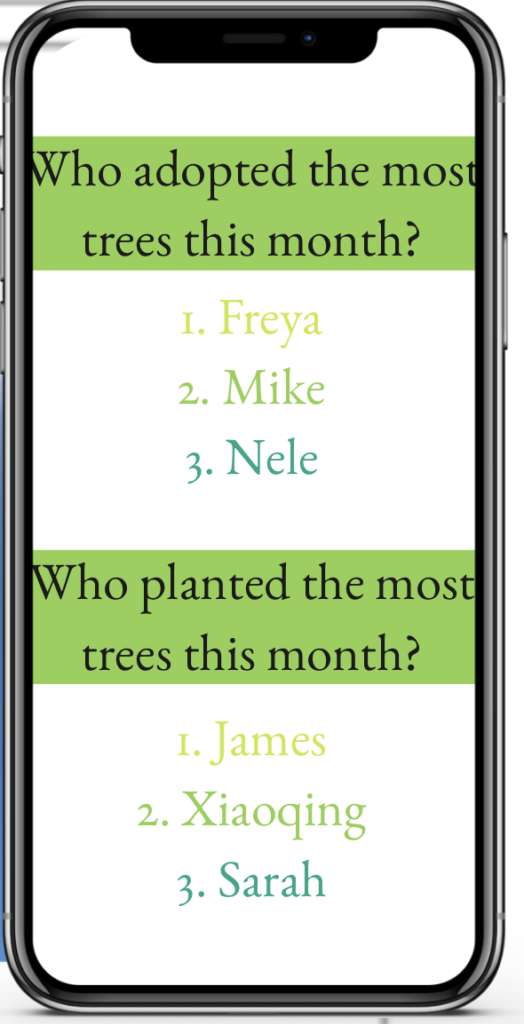
By working with forestry bodies such as the Forestry Commission and the Woodland Trust, the secondary tier of Adopt a Tree and Plant Your Own Tree schemes will be set up in designated areas around the vicinity of the forest to engage the public with learning about woodland biodiversity and carbon sequestration. Many hands make light work, and if those hands are planting their own trees to specifications of species diversity and tree placement, then a sense of forest stewardship will come from this.
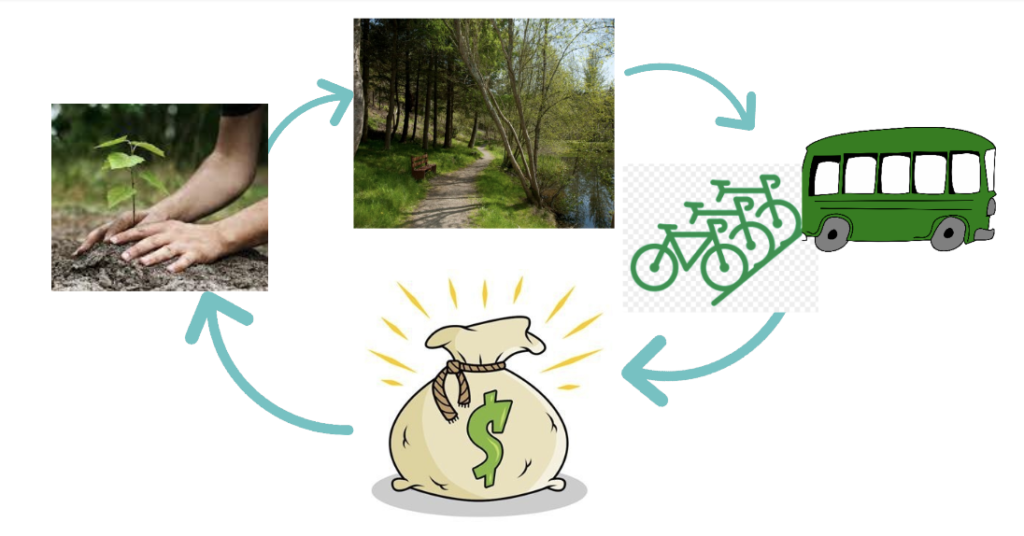
The capital funding for this will primarily come from national and local government subsidies and forestry bodies through their commitment to offsetting emissions and aims for Net Zero. We see the main costs for this project as minimal as it makes use of existing transport infrastructure and near-urban sites. Non-essential enhancements could come from the installation of different forest tracks for biking, walking and nature-spotting, and a web portal or app to connect other Routes to Roots leaders and learn from shared experiences as well as disseminate information to forest visitors and tree planters. Long-term costs will be offset by the tree planting schemes and a small informational visitor centre, as well as nominal fees for small businesses such as coffee and food huts along forestry routes. This cost-benefit model is preferred in Nature-based Solutions as the equity and financial risks are shared. The framework will be marketed, not enforced, in order to allow local governments to approach with an ideal existing site and list of preferred transport bodies. We see the forest as a multi-use space for both ecological and social diversity.
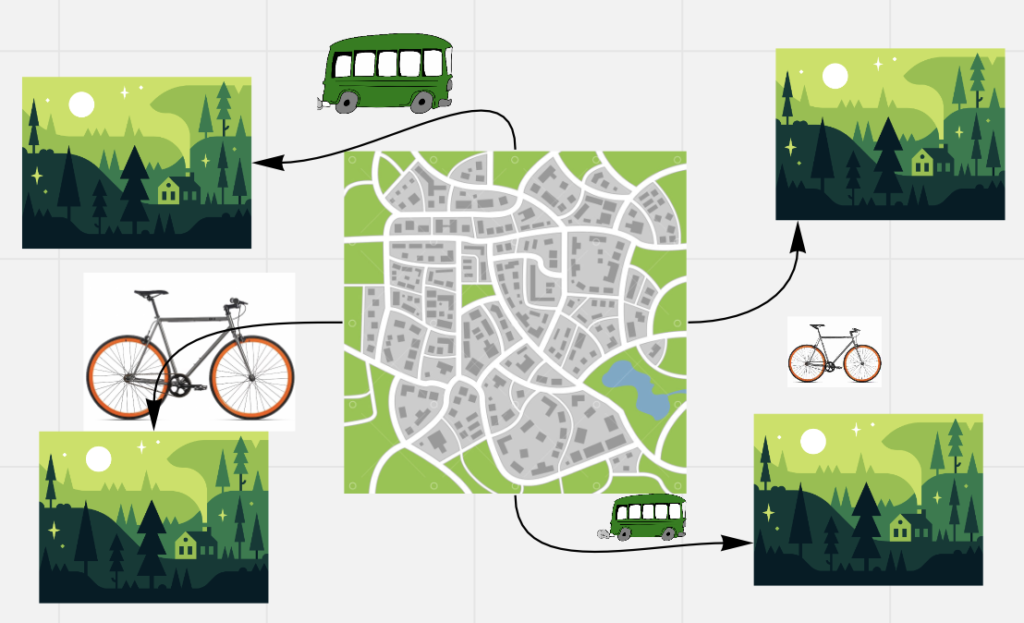
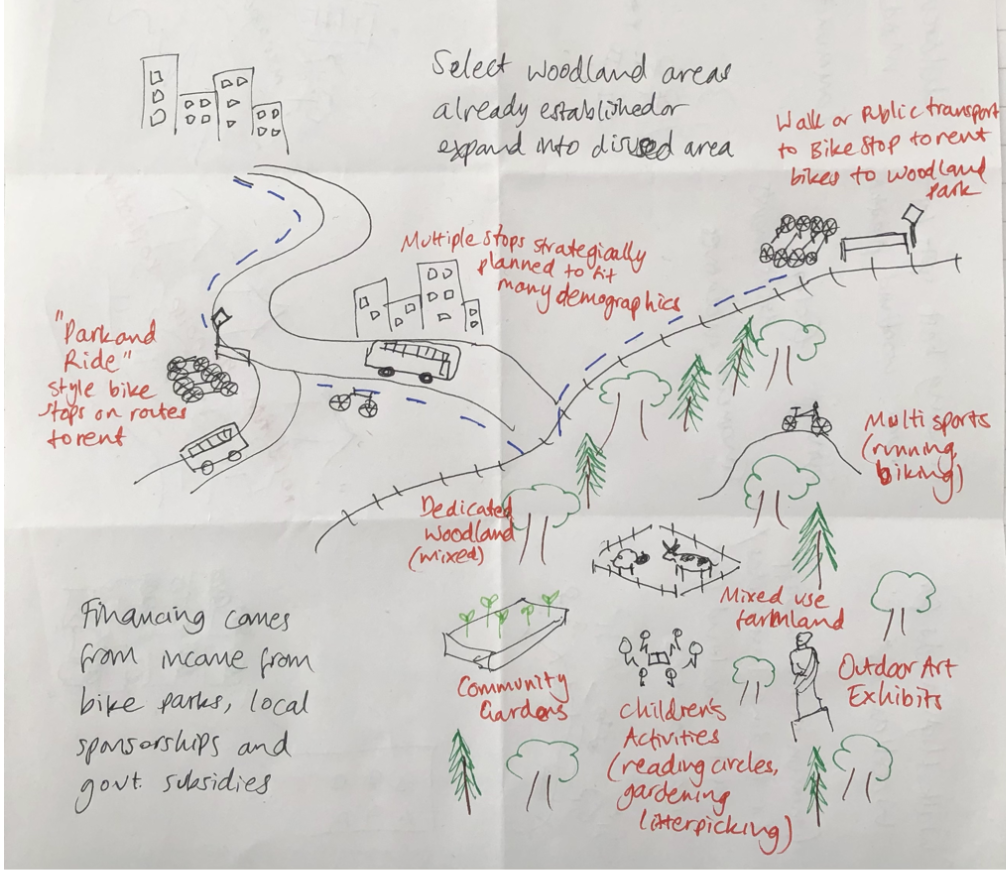
We propose a framework for a local authority to set up a Routes to Roots forest.
All these resources exist, they just need to be tied together (Forestry Commission has resources and support for planting trees, councils have funding for public transport links and bike rental, and there are resources on suitable sites for enhancing forest cover). The framework will be supported by a centralised government body that coordinates this effort by:
- Outlining the costs and benefits the scheme can provide
- Assisting with connections to all the individual stakeholders, legal guidelines, site identification and providing general support
- Linking cities together as a network to promote sharing of experiences and solutions
- Measuring the impacts both in the community and in the carbon sequestration and the increase in forest cover areas
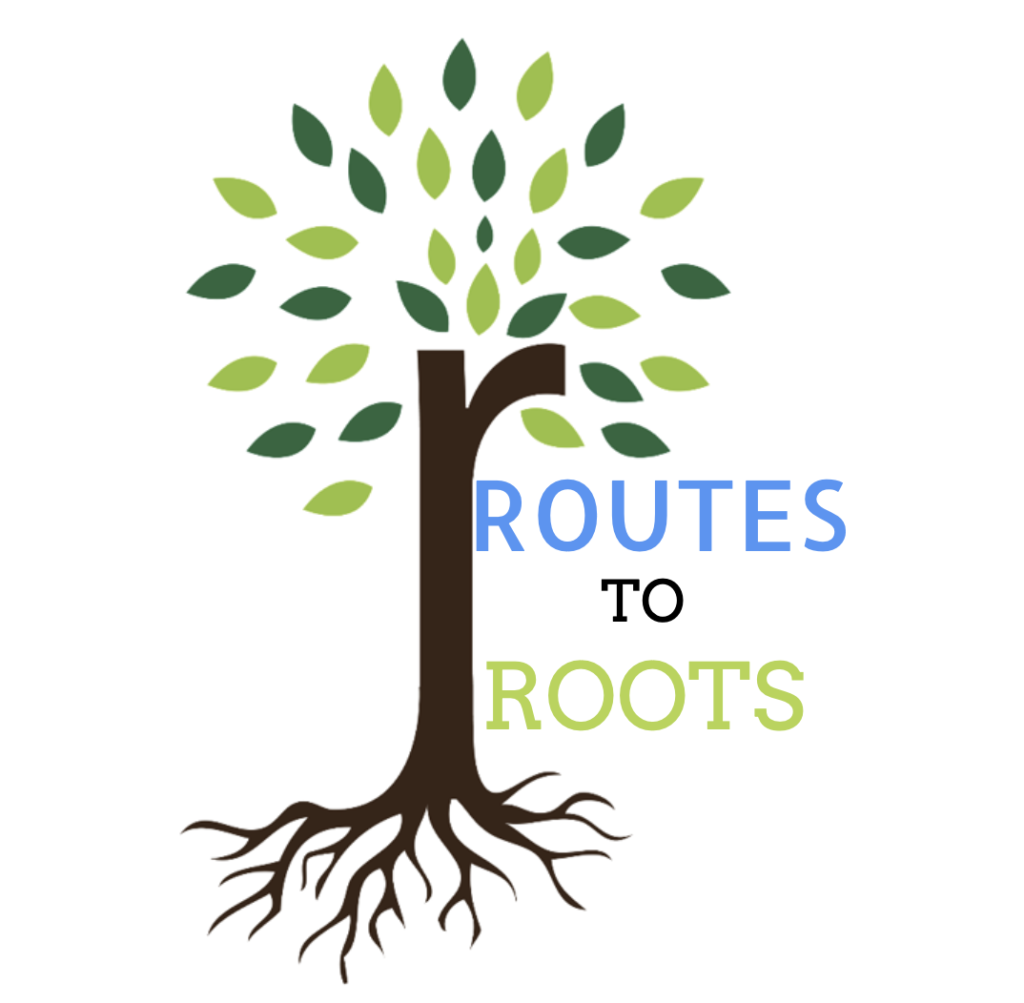
In this way, National government benefit- helps reach climate targets (net zero by 2050) and in the ambition to increase national forest covering and, in return, local government benefit- benefits community health and happiness, connectivity, awareness of the benefits nature.
